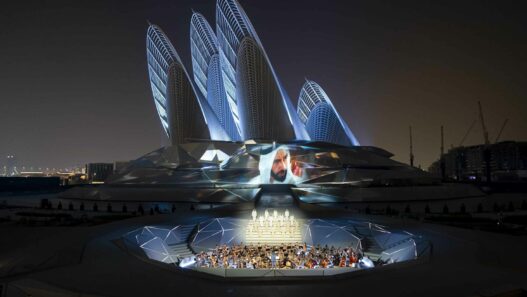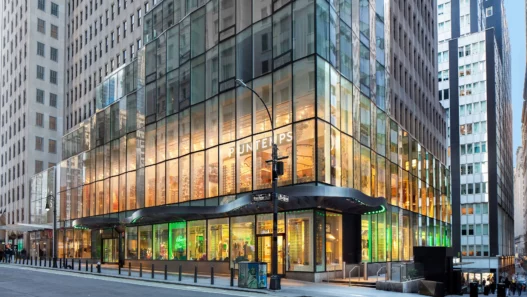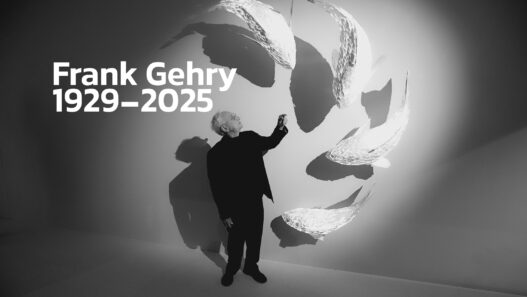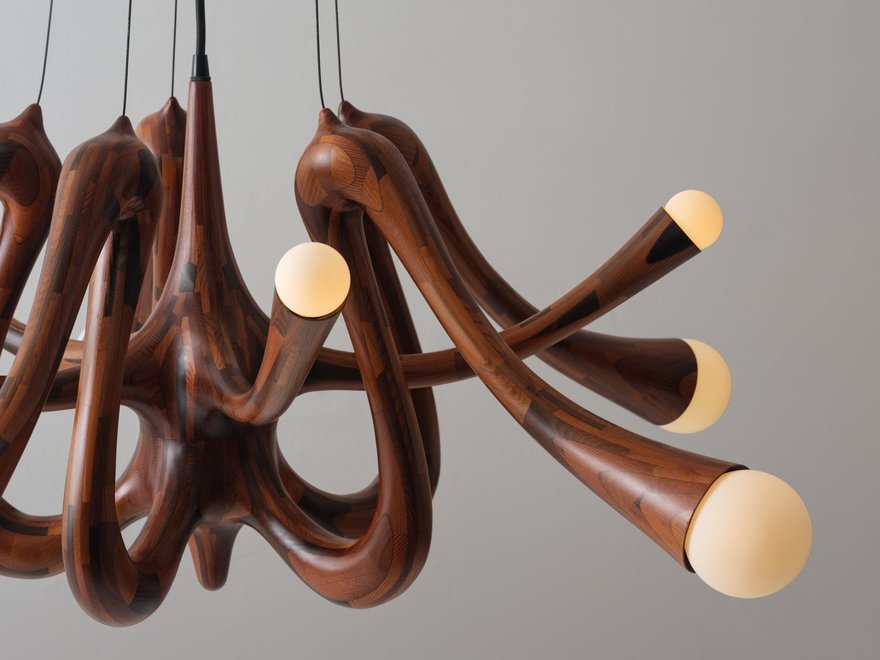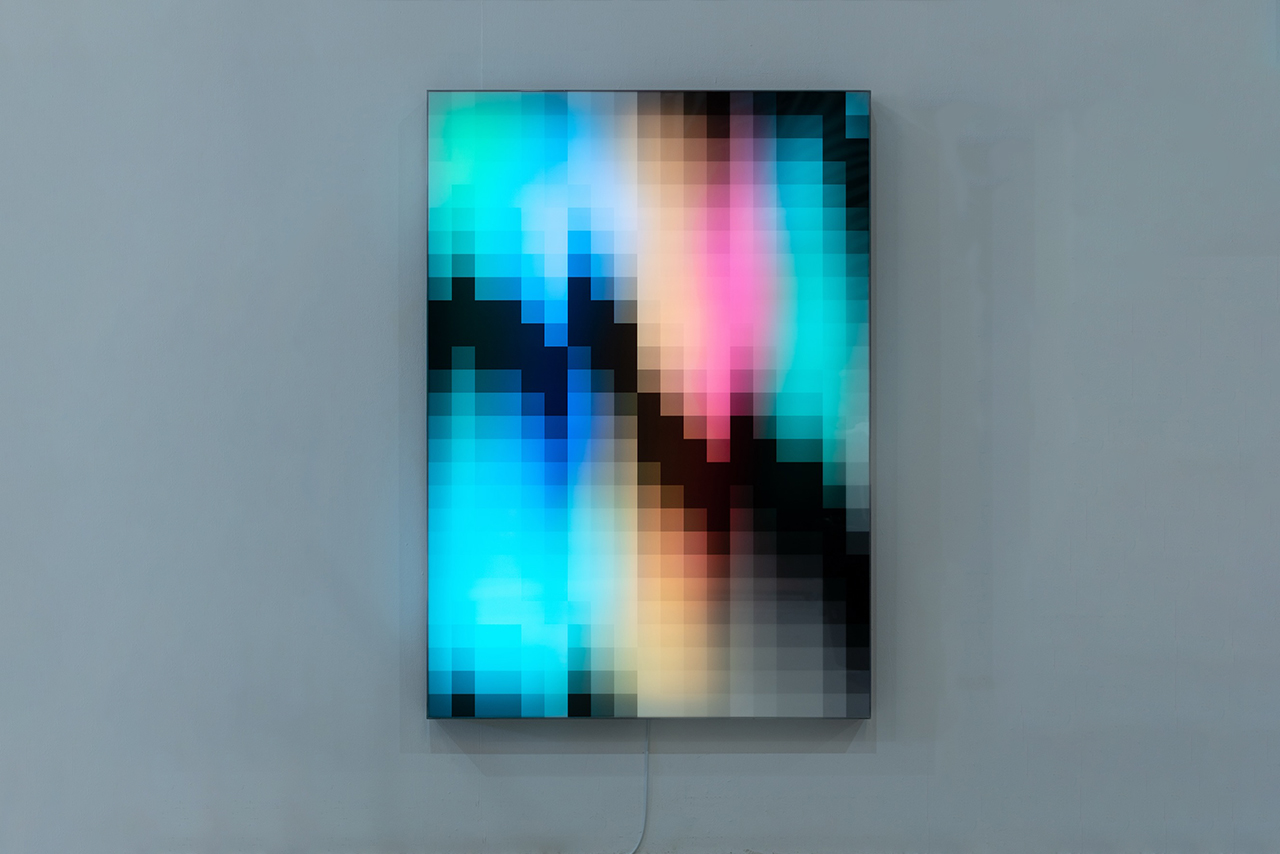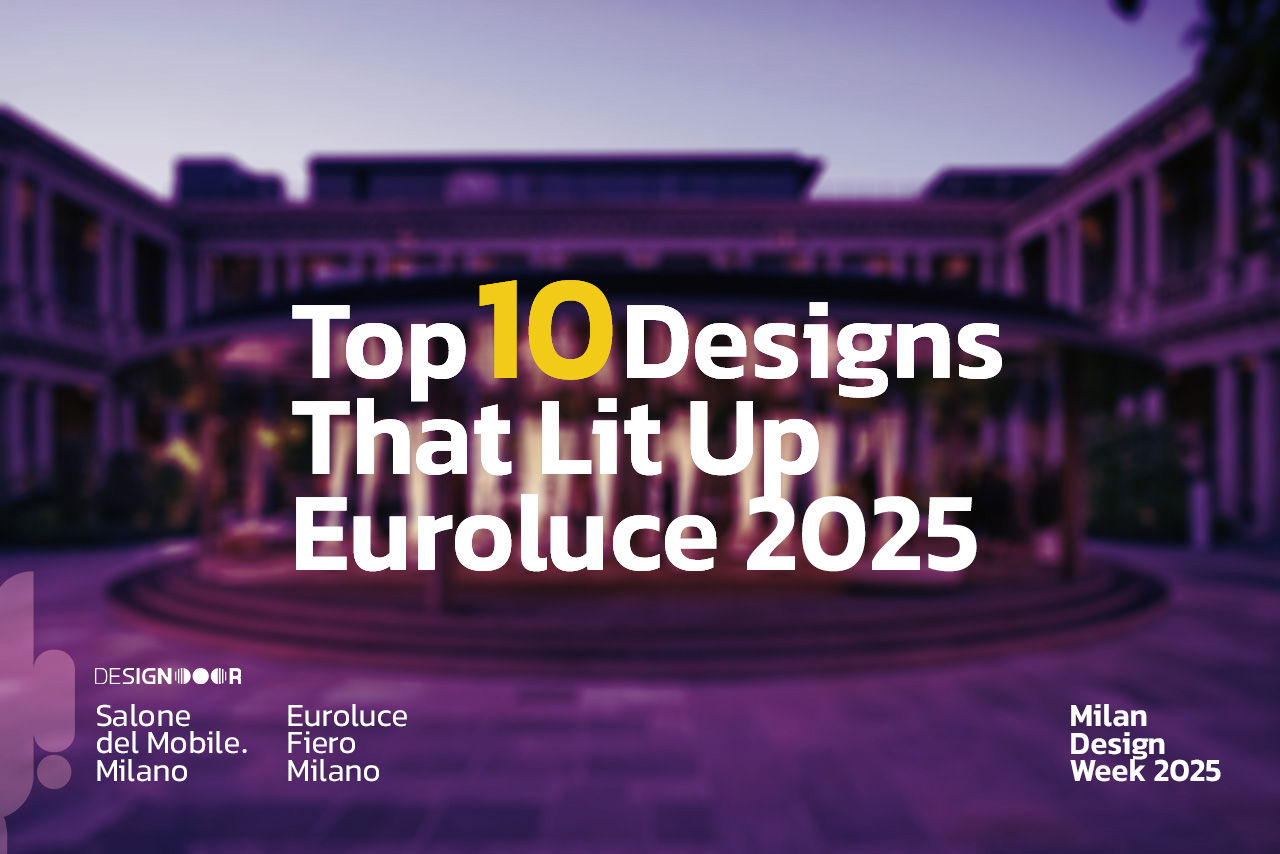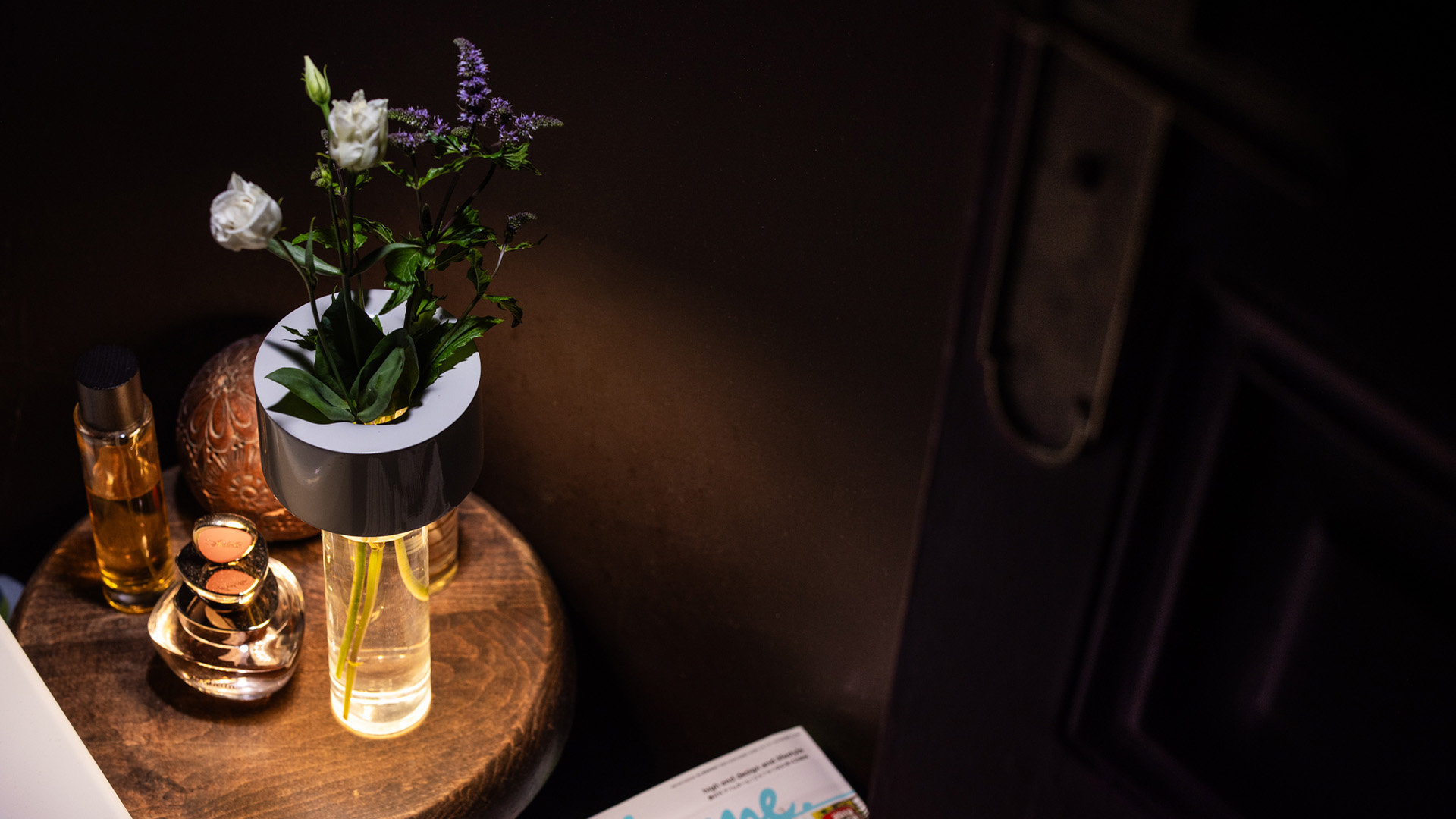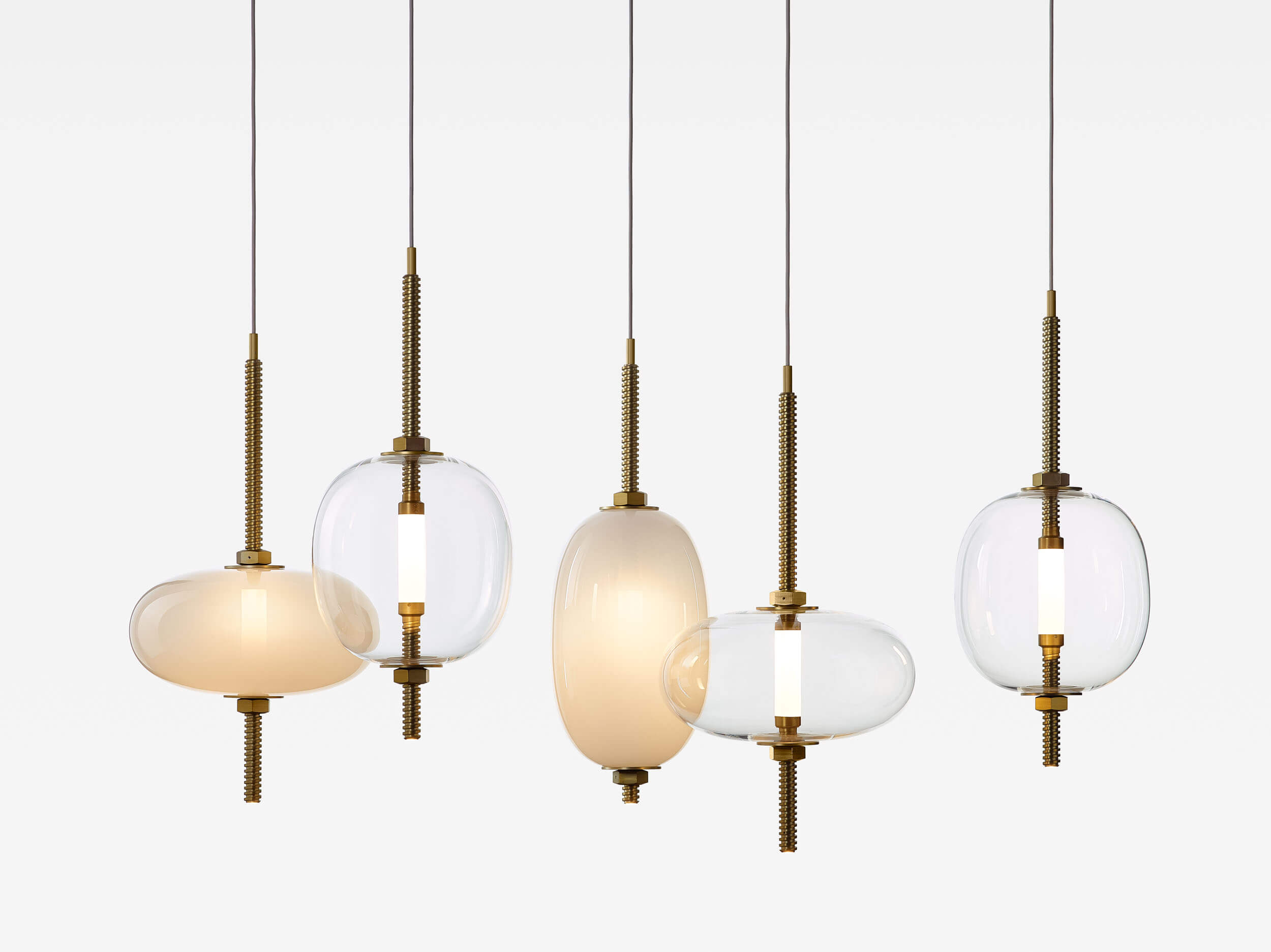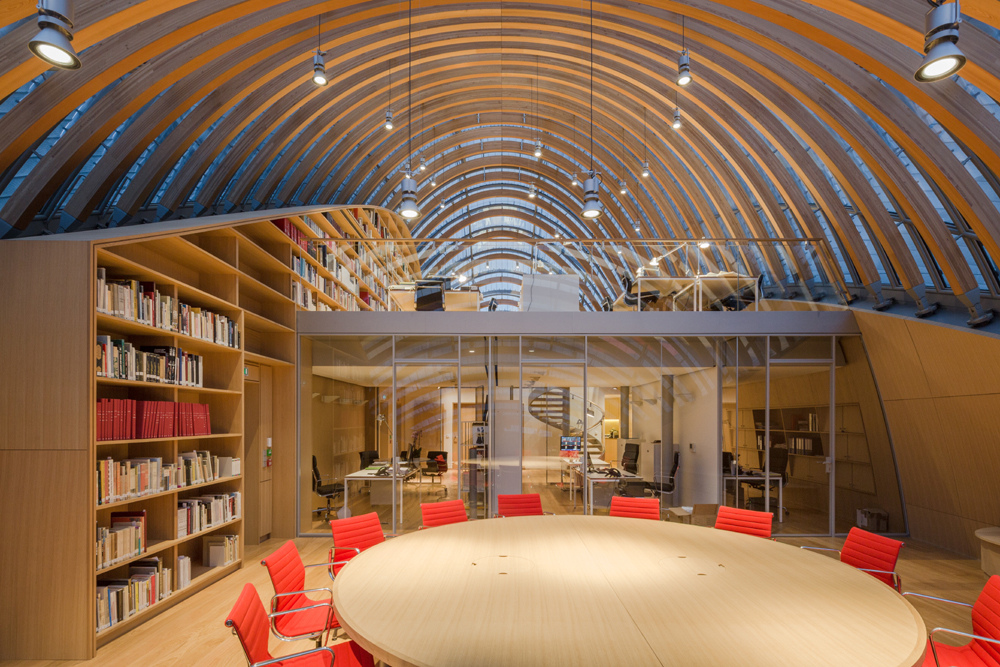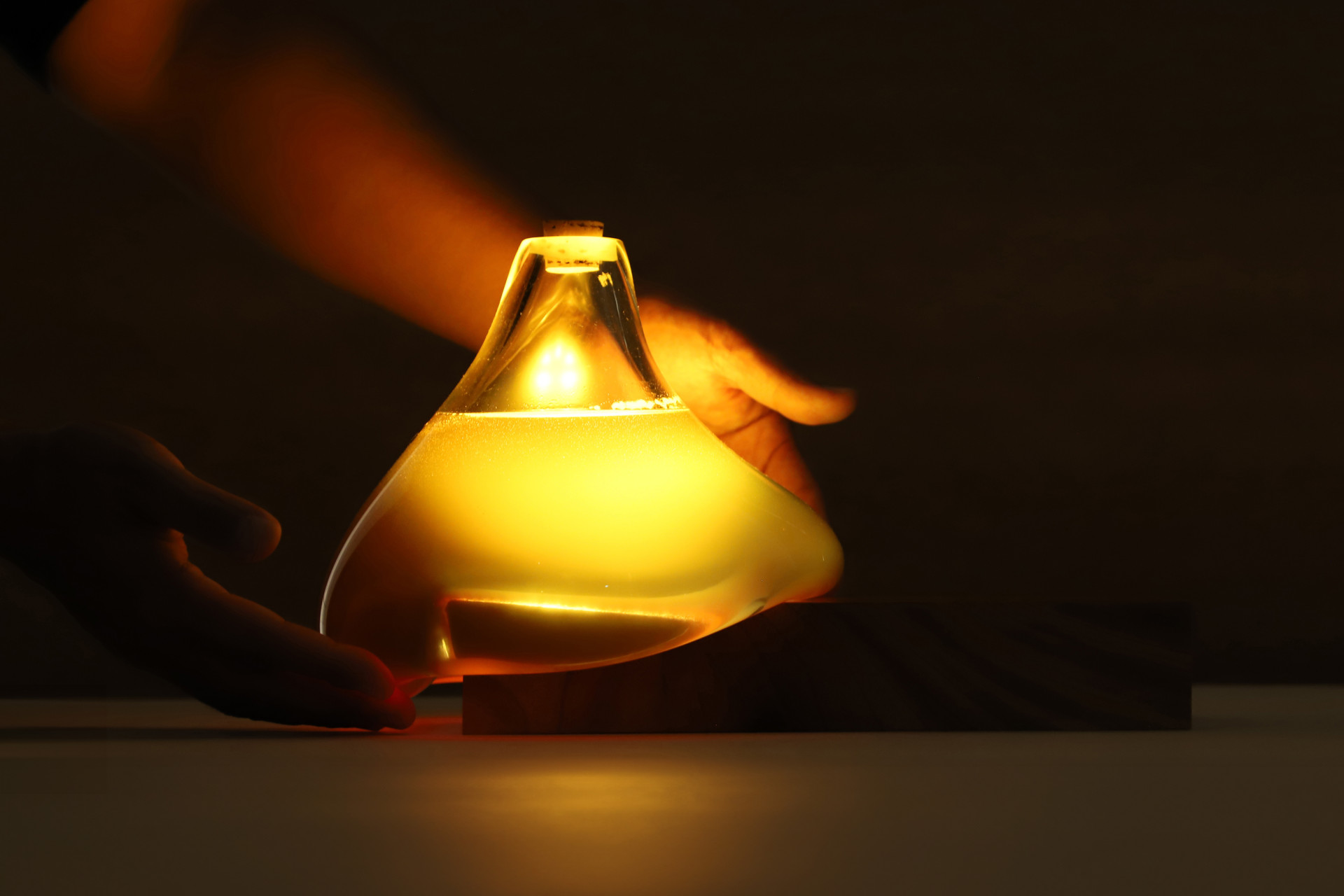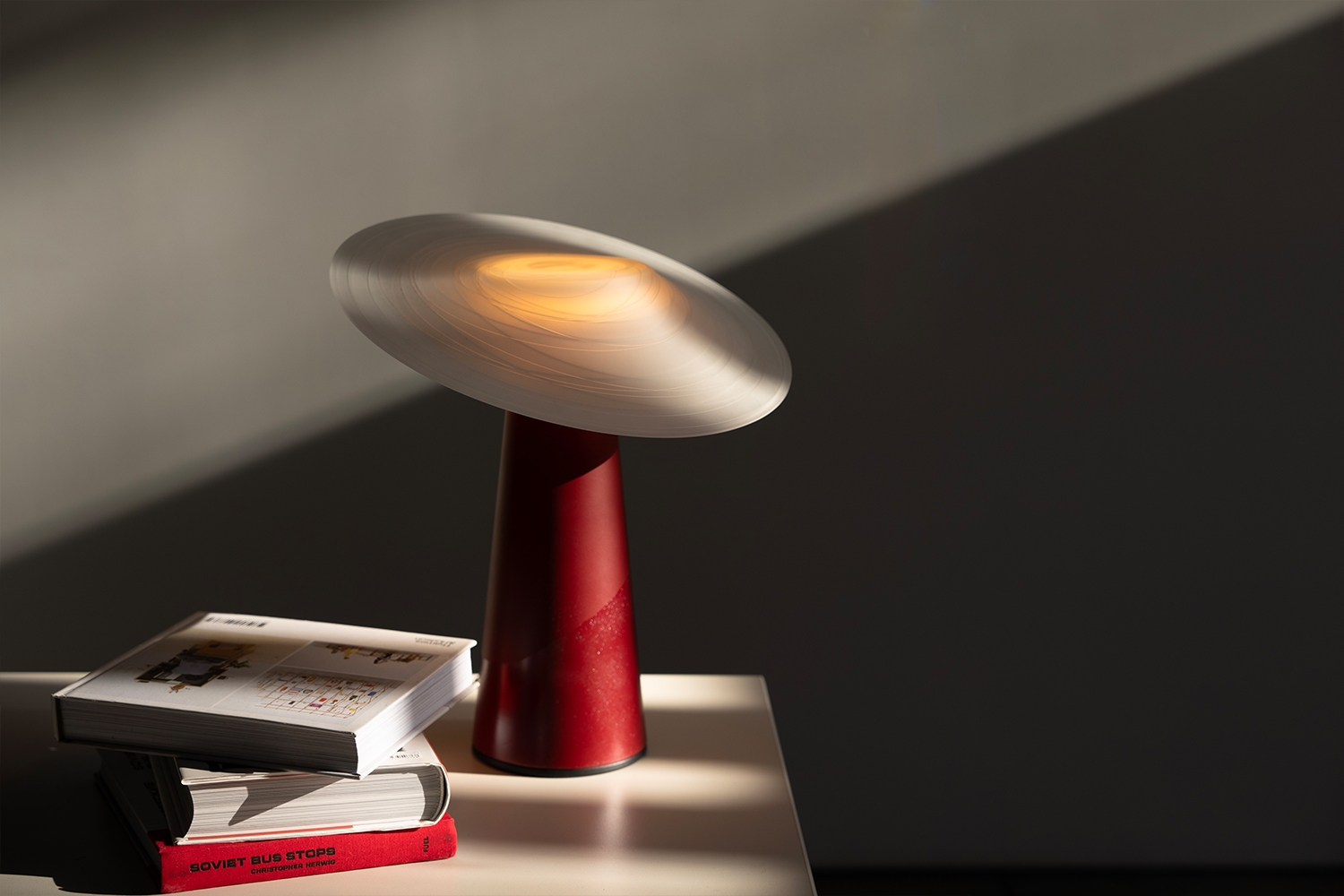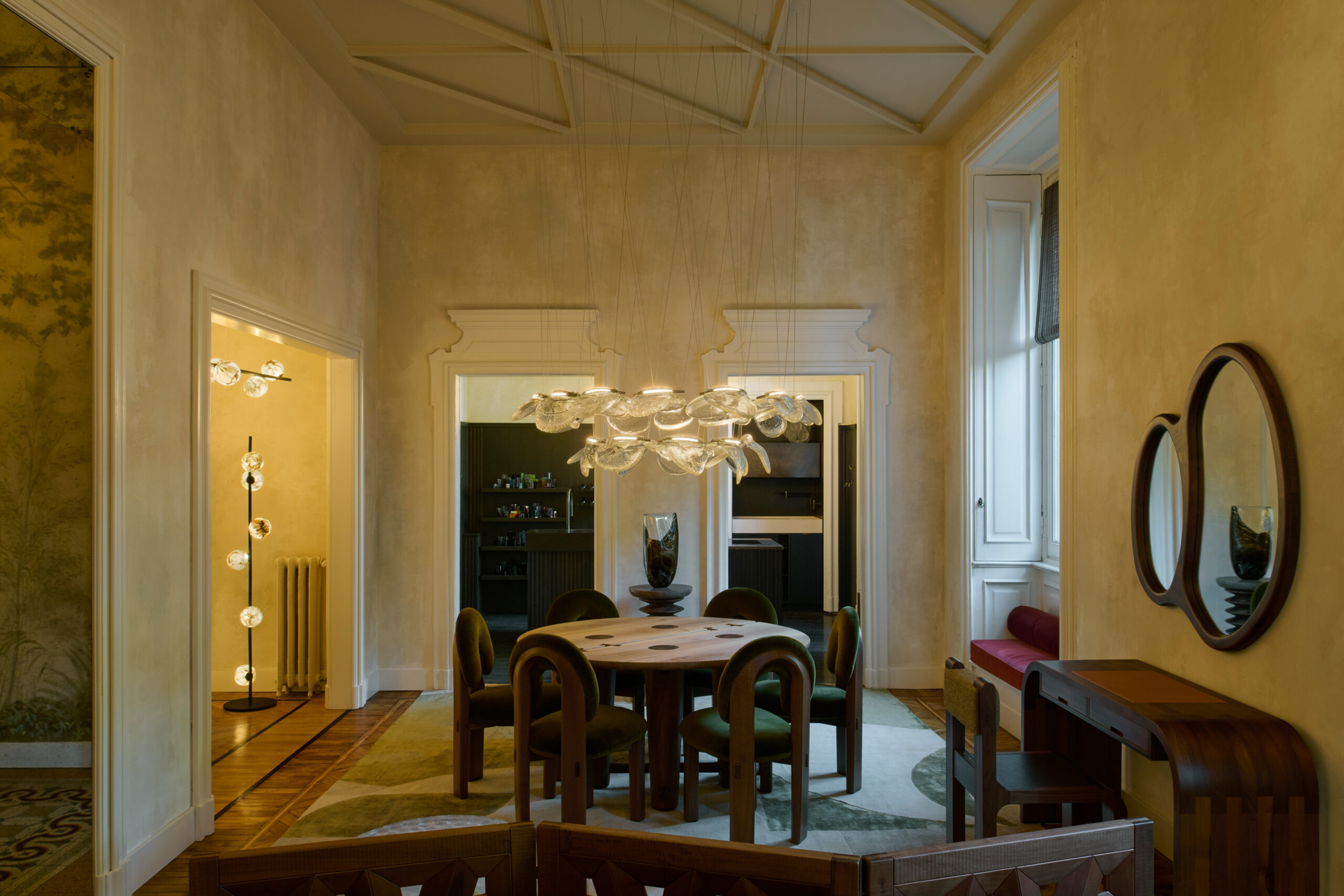This pendant light, crafted from reclaimed wood salvaged from New York City’s water towers, is more than just a functional object; it is a reincarnation, an extension of raw material that now speaks a new language. From a distance, its intertwined branches evoke a sense of organic motion, as if it is still growing, frozen in a moment of evolution.
Aesthetically, the piece moves along the boundary between natural architecture and industrial design language. Its intricate and branching lines, while organic, exhibit a controlled and engineered precision, creating a form that at first glance recalls the Art Nouveau movement with its organic influences. However, at a deeper level, it adheres to structural modernism. This contrast is not a rupture but a coexistence, like a skeletal framework designed to guide light through its curves. Here, light is more than just a source of illumination; it defines texture, breathes life into the undulating forms, and embraces shadows not as excess but as an integral part of its identity.
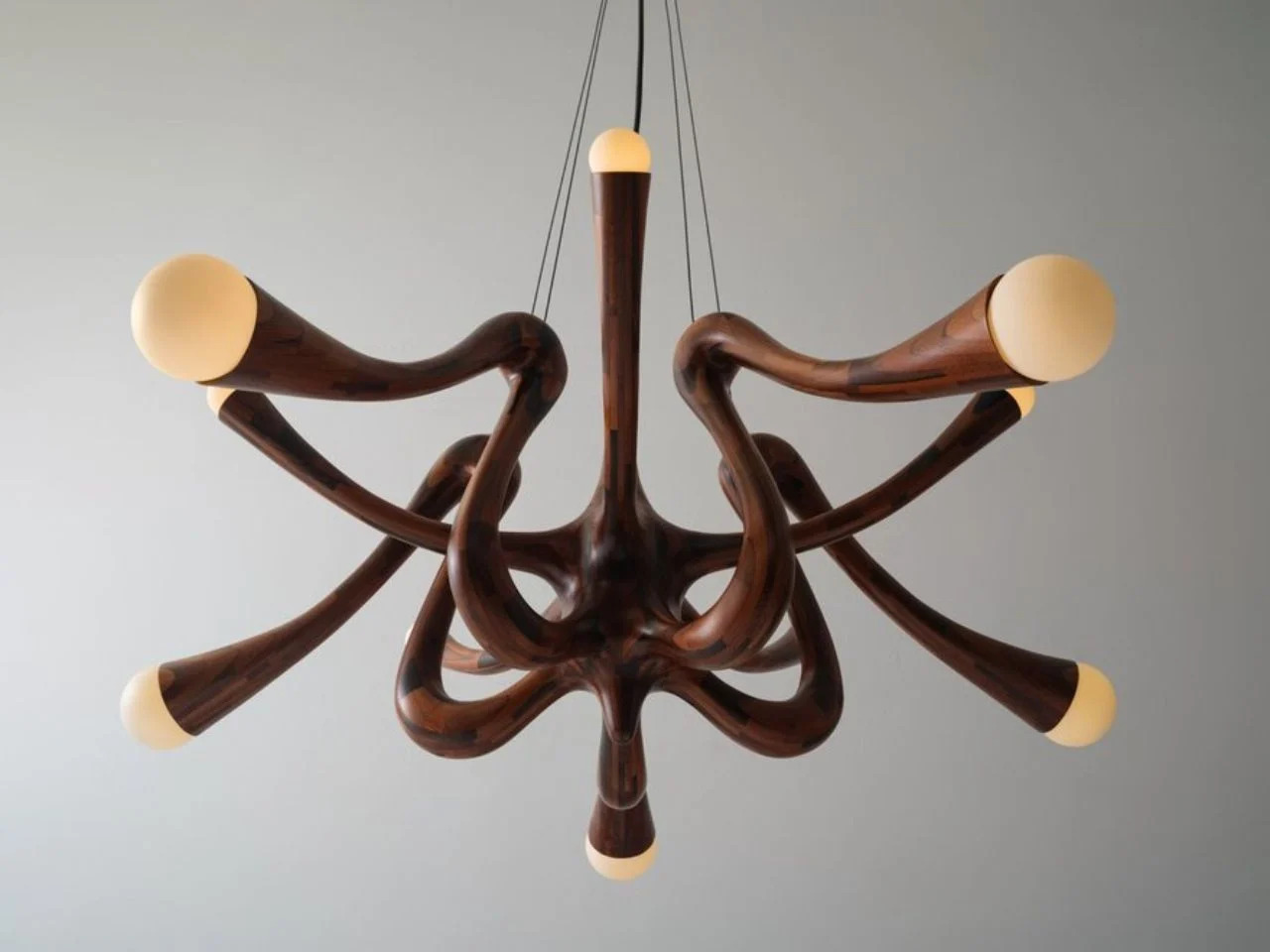
From a functional and mechanical perspective, this design simultaneously embodies both dynamism and stability. The dense central core gathers visual forces and then releases them through its numerous branches. This organization ensures that the viewer does not experience the piece from a single fixed angle but discovers a new perception from every viewpoint. The lights placed at the end of each branch shine like luminous fruits on a surreal tree. Instead of concealing the points of illumination, the designer has integrated them into the very identity of the structure. But is this composition suited for small spaces? Not necessarily. This piece demands an environment that allows its winding lines to breathe, a high ceiling, and a setting where its shadows enhance rather than disrupt the visual experience.
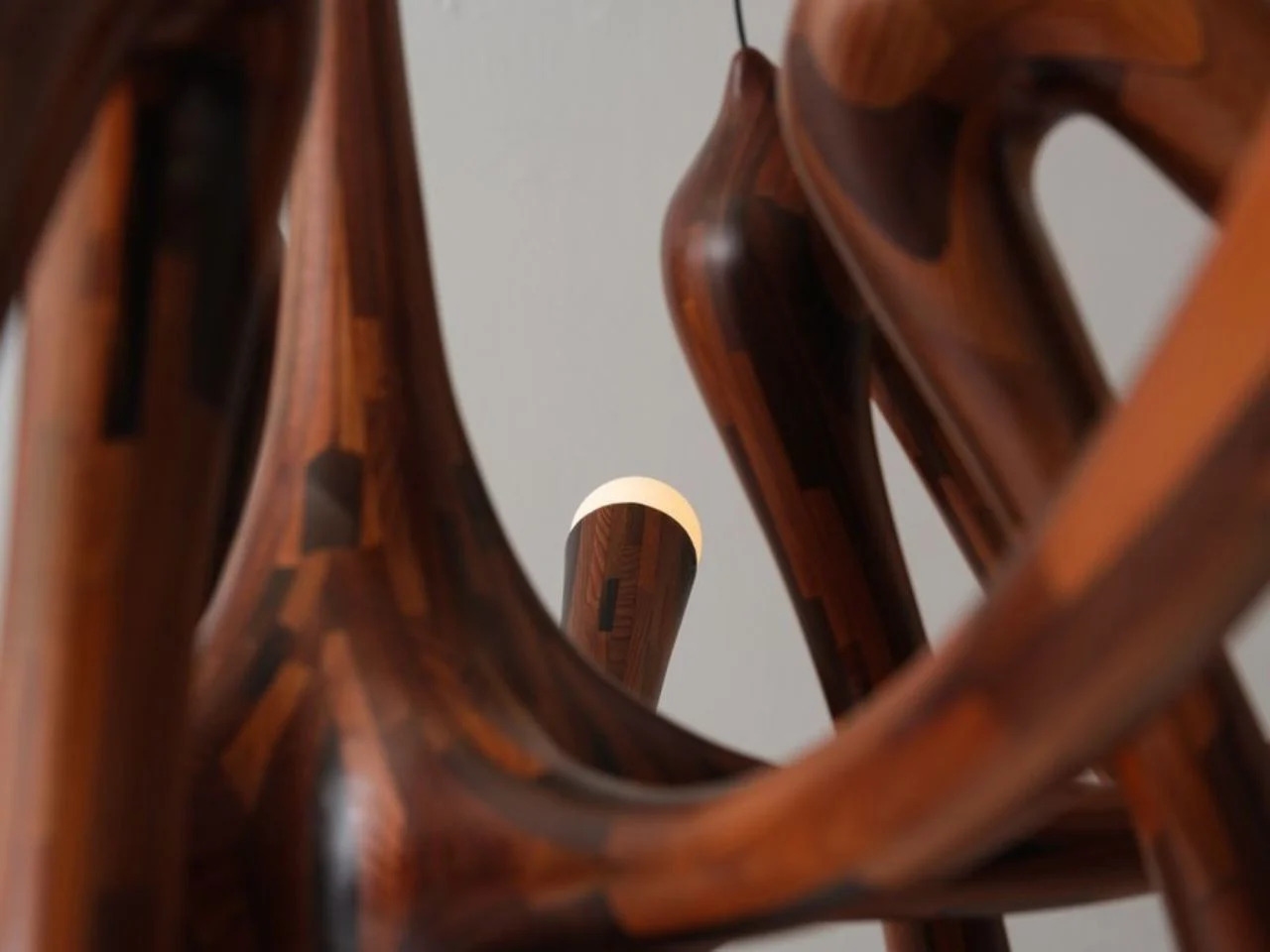
Yet what elevates this piece beyond mere functionality is not just the use of reclaimed materials but the way the memory of the material itself is revived in a new form. Here, the designer has not only repurposed salvaged wood but also preserved the history of erosion, water, and time in a poetic manner. This chandelier is less an object and more a retelling, an echo of structures that once held water but now cradle light. It carries the lingering presence of New York’s water towers, like a reverberation of memories that have found new meaning in a transformed form. If one were to compare this piece to something in the world of art, it would undoubtedly bear similarities to the structural complexity of Gaudí’s architecture, where curved lines follow the organic logic of nature yet ultimately unite in a singular harmony. In the end, this is not just a chandelier but a statement about sustainability, about turning the past into the future, and about how design, while functional, can also be a Narrative.
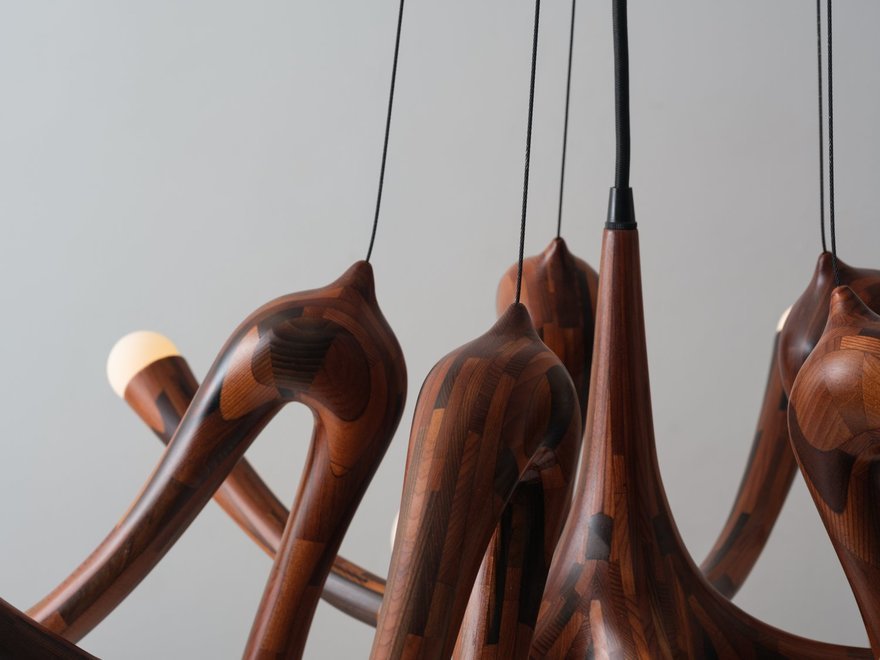
Designer : Richard Haining
Photo Credits : Richard Haining
Prize: Core77 Design Award




